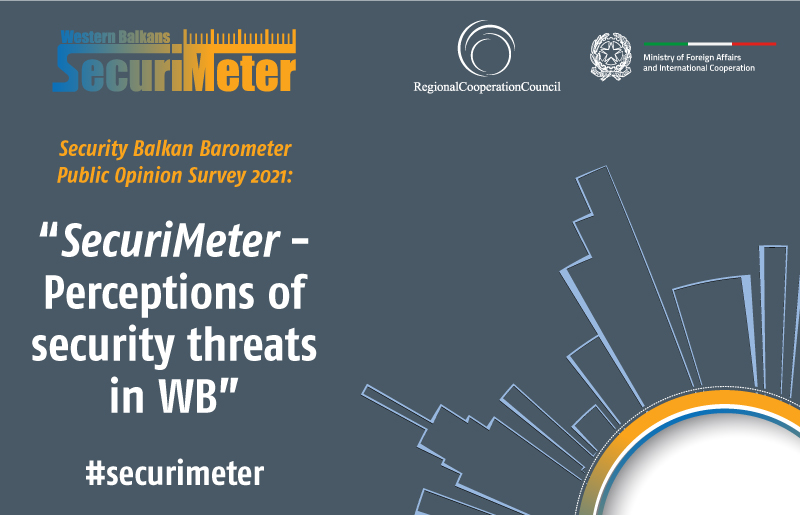- Home/
- Document details
Understanding Referral Mechanisms in Preventing and Countering Violent Extremism and Radicalization That Lead to Terrorism
| Type | Study / research article |
|---|---|
| Date published | 30.04.2019 |
| Author | Organization for Security and Co-operation in Europe (OSCE) |
| Description |
Countries across the OSCE area are focusing increased attention on how to operationalize a “whole-of-society” approach to the challenge of preventing and countering violent extremism and radicalism that lead to terrorism (P/CVERLT), an approach that emphasizes the importance of multisector, multidisciplinary, and multilevel collaboration. Referral mechanisms for addressing violence and extremism that lead to terrorism (VERLT) in the non-criminal space are seen as a key ingredient of this approach. Drawing from the relevant experiences across the OSCE area and lessons learned from referral mechanisms outside of the P/CVERLT space (e.g., mechanisms focused on human trafficking, gender-based violence, or protecting vulnerable children), this guide highlights some benefits that referral mechanisms, if properly developed, can offer. These include providing a concerned family or other community member with an option other than calling the police when they suspect an individual may be at risk of or vulnerable to becoming radicalized to extremist violence; and incentivizing the involvement of psychosocial care providers and other non–law enforcement professionals who might otherwise be reluctant to engage in politically sensitive VERLT cases.The guide elaborates on key considerations and challenges that policymakers and practitioners are likely to encounter should they decide to move forward and develop these programmes; the guide also discusses some of the potential negative consequences of such mechanisms, keeping in mind the need to respect the principle of “do no harm”. These considerations include (1) building support from the community whose participation in and engagement with the mechanism will be critical to its effectiveness and sustainability; (2) focusing on behaviours that can lead to VERLT and not on legally protected beliefs and ideas; (3) avoiding stigmatizing a particular religious or ethnic group; (4) delineating an appropriate role for law enforcement, particularly given the risks of inappropriately criminalizing individuals referred to a mechanism that is designed for those who have not committed a crime; (5) navigating social norms and attitudes around psychosocial care, which typically forms an integral component of referral mechanisms; and (6) building on existing institutional capacities among a diverse array of agencies and organizations not geared specifically to P/CVERLT and coping with the challenges presented when such capacities and expertise are limited.The guidebook situates referral mechanisms within a broader public health approach to P/CVERLT, highlighting the practical benefits of applying a public health lens to P/CVERLT. This approach recognizes the importance of understanding VERLT as a social phenomenon that can have far-reaching impact on a society, well beyond the physical harm caused by a single attack, and that thus underlines the need to involve a range of non-security actors — including psychosocial care providers, teachers, and religious and other community leaders — in taking proactive, preventive measures to safeguard the relevant individual, community, and society. The guide underscores how the application of a public health approach to P/CVERLT (and thus to referral mechanisms) offers opportunities for multipurpose programming, avoiding stigma, and leveraging public health resources, including mental health professionals and social workers, that a law enforcement approach does not allow. The guide notes how referral mechanisms that handle VERLT cases come in different shapes and sizes and use different labels, with a number of different models highlighted in the guide’s Annex. Despite these differences, the guidebook enumerates some of the common features that referral mechanisms share. These include (1) their voluntary nature; (2) their reliance on non-discriminatory risk assessments or other tools (to be applied by trained professionals) to measure the risks, needs, and changes of behaviour of those individuals who are referred and to design appropriately tailored intervention or support plans for those who are referred; (3) the involvement of multiple actors across different disciplines and agencies; and (4) the development of new co-ordination channels and information-sharing protocols. For those stakeholders that are interested in operationalizing a mechanism, the guidebook includes guidance on some basic elements that should always be included, regardless of the particular model chosen. These include (1) the referral, including how to encourage front-line practitioners and families and other community members to make referrals; (2) the development and application of a non-discriminatory framework that appropriately trained professionals can use to assess risks, vulnerabilities, and protective factors, and the challenges involved therein, including the fact that there is no single indicator or mix of indicators that proves an individual is radicalizing or radicalized to VERLT and that violent extremism–related risk assessment is a relatively nascent field that requires further evaluation, particularly in the context of trying to help predict who might become violent; (3) the elaboration of information-sharing protocols that include the necessary data privacy protections and make clear the limited instances in which a case will be shared with the police; (4) the development of interventions or broader support plans that draw on a network of service providers and existing P/CVERLT programmes; and (5) a comprehensive plan to monitor and evaluate the effectiveness of the referral mechanism. While there is no one-size-fits-all model for referral mechanisms, the guide concludes by elucidating some basic, interrelated principles that should underpin any such mechanism. Perhaps most fundamental is that the decision to develop a mechanism and the choice of model should reflect the local context and culture and be informed by consultations with local stakeholders, taking into account the capacities and willingness of the institutions, organizations, and other actors that will need to be involved. |
| Download | EN language |


 Development of specialized PCVE web site is funded by EU FUNDS CN 2017-386/831 - "IPA II 2016 Regional Action on P/CVE in the Western Balkans"
Development of specialized PCVE web site is funded by EU FUNDS CN 2017-386/831 - "IPA II 2016 Regional Action on P/CVE in the Western Balkans"